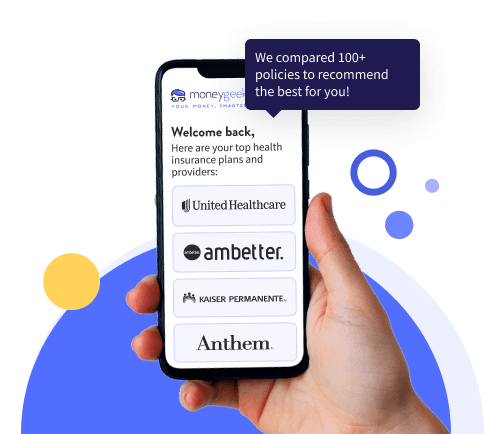When you hit 65 (or if you’re younger with certain disabilities), you’ll qualify for Medicare, the federal health insurance program. It breaks down into different parts: Part A takes care of hospital stays and nursing home care, while Part B covers your doctor visits and outpatient care. Part D helps pay for your medications, and starting in 2026 you won’t pay more than $2,100 out of pocket for prescriptions each year.
Many people go with Part C (Medicare Advantage), which bundles Parts A and B (and often D) through a private company and often includes extra benefits.


